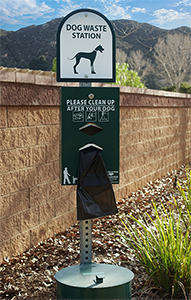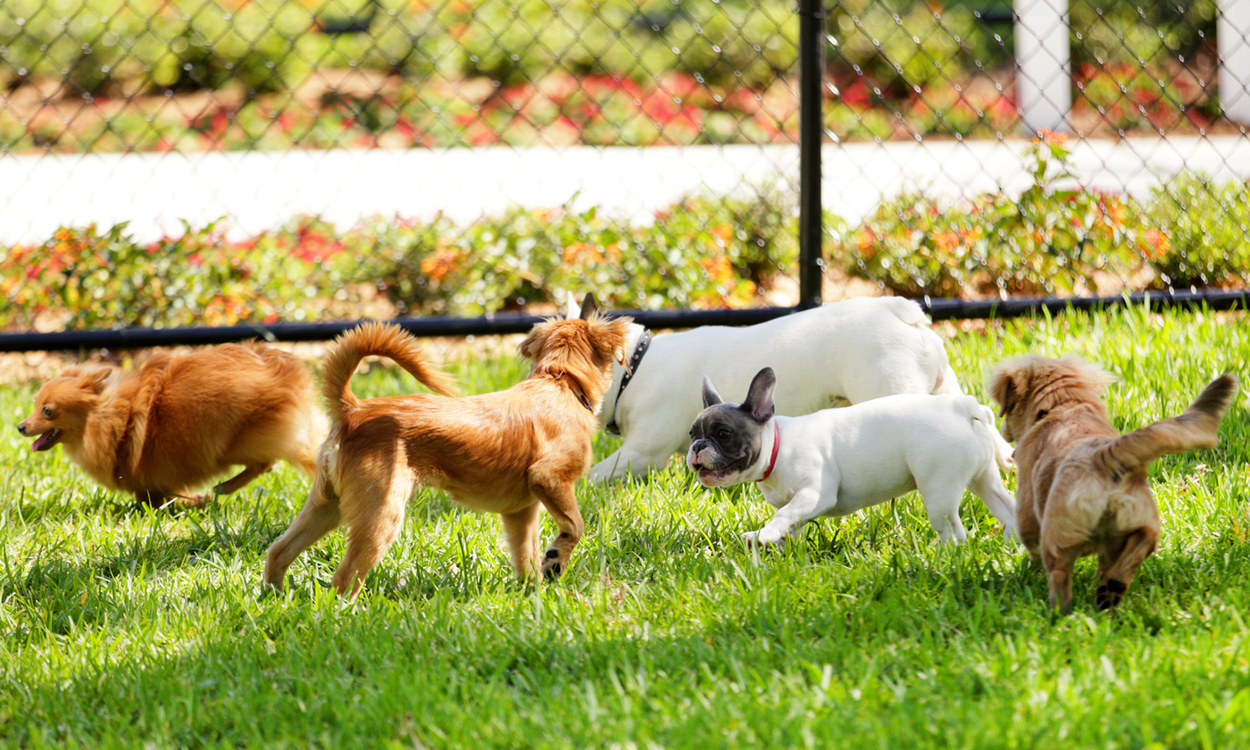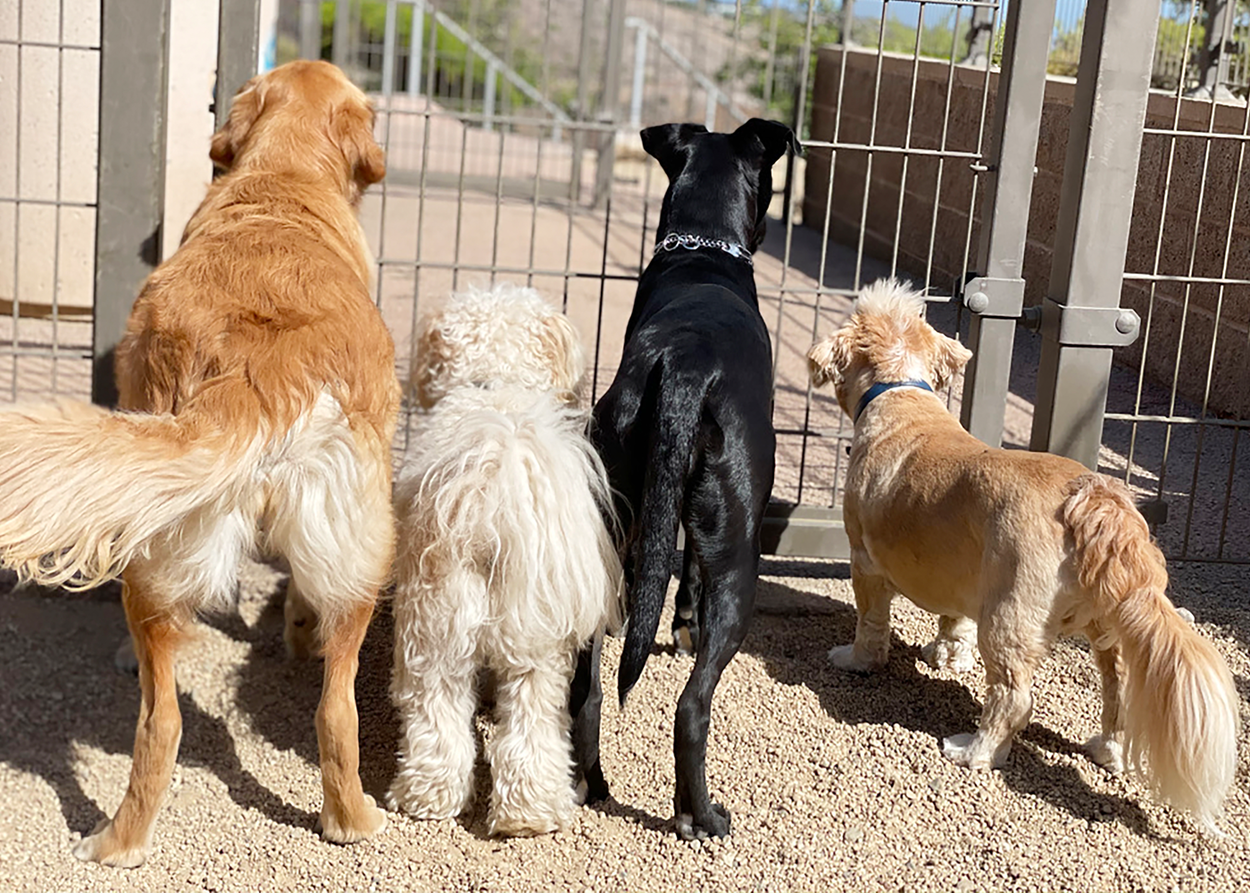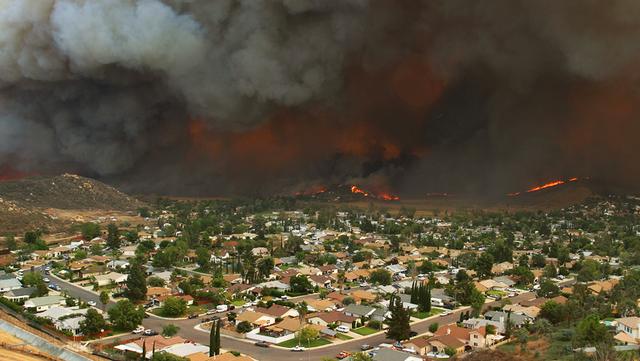
Unleash the Secrets to Successful Dog Park Maintenance
Keep tails wagging and owners smiling

Let’s face it: the dog park is as much for canines as it is for humans. Making it appealing to both species requires as much consideration as any other park. Here’s what to know about maintaining a dog park everyone can enjoy.
A Tail of Two Constituents
Dogs and humans have different ideas about what constitutes a good time. Take, for instance, smells. What smells good to dogs doesn’t always smell good to humans. So, while canine friends may enjoy investigating who marked where, humans would prefer not to smell it. That’s where substrate comes into the picture. What you choose, how well it drains, and how it’s maintained makes a difference for all the senses.

Turf is a popular choice since it’s cool on paws, though it’s not without drawbacks. Frequent mowing should be part of your budget, otherwise feces can be hard to find if grass gets too long. You may also need to periodically close portions of the dog park to reseed or resod the grass since urine, chewing, hole digging, and the like can ultimately create bare spots over time. With bare spots comes mud, and with mud comes unhappy dog owners.
Bark or wood chips are an alternative to turf that also drains well. You’ll need to pick a type that won’t splinter into paws and take into account the color to avoid camouflaging feces. We don’t recommend sand, rock, or decomposed granite as these can get too hot during warmer months.
Create Well-Trained Visitors
Another important maintenance item pertains to the furnishings within your park. Signage with park rules — including expectations for clean-up — should be posted roughly every 100 to 120 yards. Your maintenance schedule should include making sure these are in good shape and clearly visible, taking care to prune landscape or clear other obstructions in the way. Near these signs should be trash cans with well-stocked poop-bag dispensers. This follows recommendations from the School of Veterinary Medicine at the University of California Davis to encourage the best dog park behavior from human companions.
Mitigate Doggone Disasters
Another important dog park maintenance consideration is keeping an eye out for potential risk. As part of regularly scheduled maintenance, your landscape partner should look for potential hazards, such as:
- Holes that need to be filled.
- Damaged site furnishings, like a chewed park bench that’s no longer structurally sound.
- Holes in or underneath the fencing, taking care to check behind plants for hidden escape routes.
- Downed tree limbs that are fun for dogs to try to carry, but not for owners who could trip.

Choose Fido-Friendly Flora
When evaluating risk, don’t forget what’s growing in the park. There are many plants that are toxic to dogs, some that are commonly used in landscapes you see around town. One example is the sago palm, which can cause liver damage if ingested. Azaleas, oleanders, and aloe are also problematic. Ask your landscape provider to identify and cross-reference any plant material currently present in your dog park or proposed for installation against the ASPCA’s database of poisonous plants.
Pick Pet-Friendly Pest & Weed Control
Similarly, you’ll want to be careful about the insecticides or herbicides sprayed within the dog park. However, given the toxicity of some weeds and the prevalence of certain insect-borne illnesses, that’s not to say you should strike pest and weed control from the budget entirely. Instead, talk with your landscape partner about whether manual weed removal or pet-friendly weed and pest control alternatives could be a good option for your park.

Run with a Pack
Finally, one of the best ways to successfully maintain a popular dog park is to find a pack. In this case, we’re referring to teaming up with a local dog organization, or creating a club dedicated to the park. It creates a built-in group of supporters who feel invested in the success of the park and can provide real-time feedback on the park’s features and functions. Alongside the tips above, you’ll be sure to have a park that gets tongues and tails wagging.




